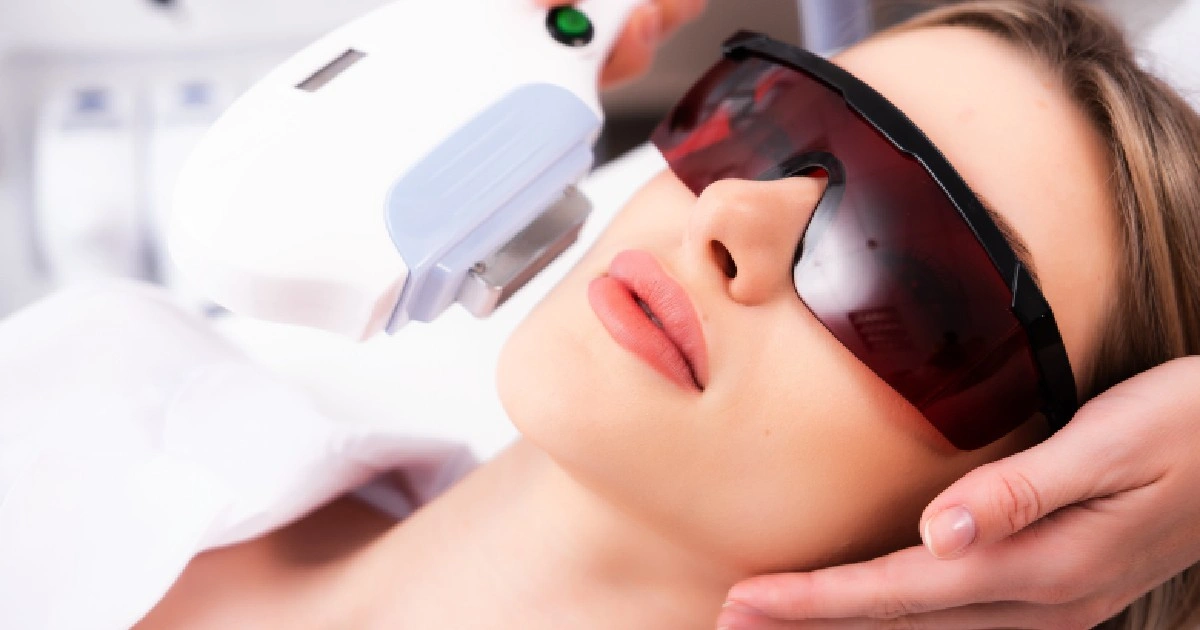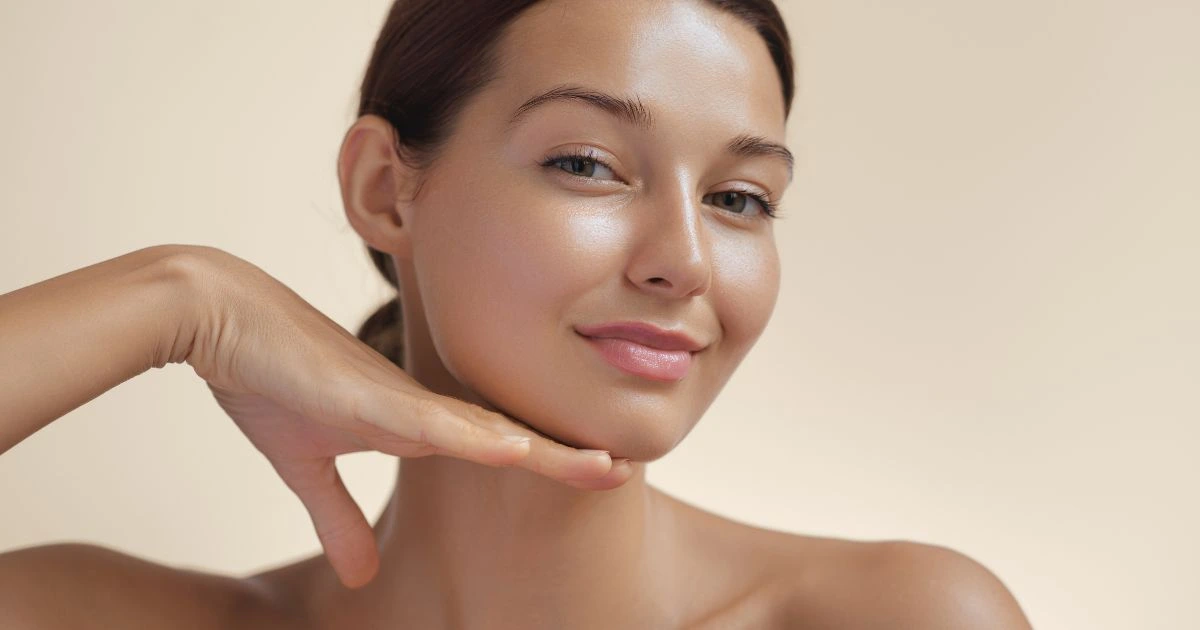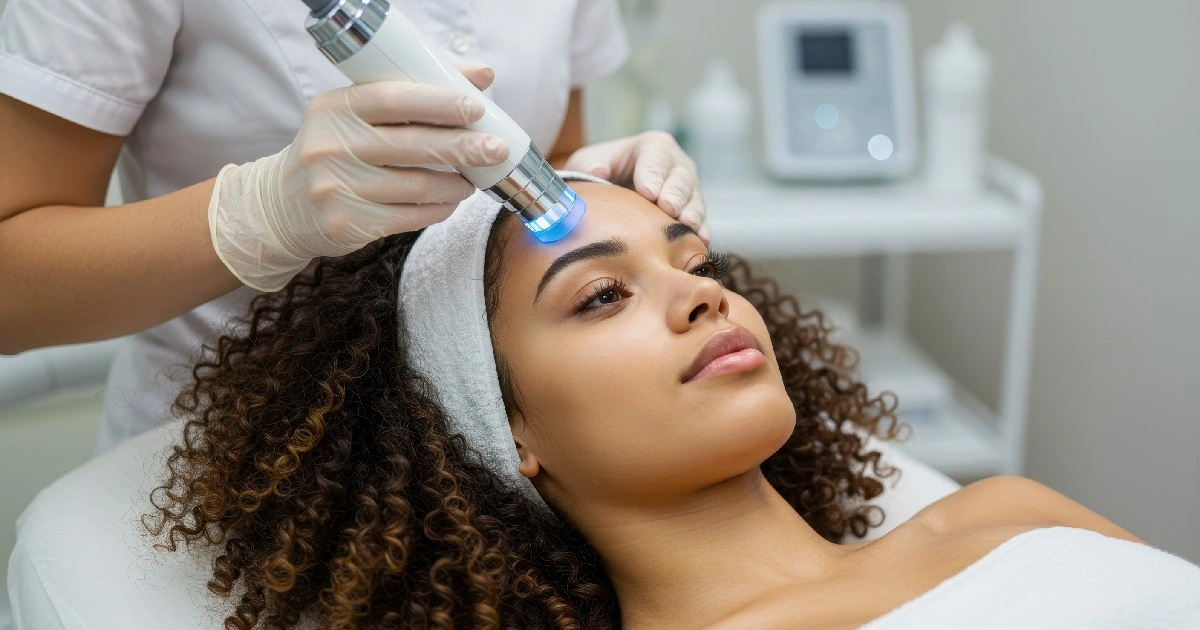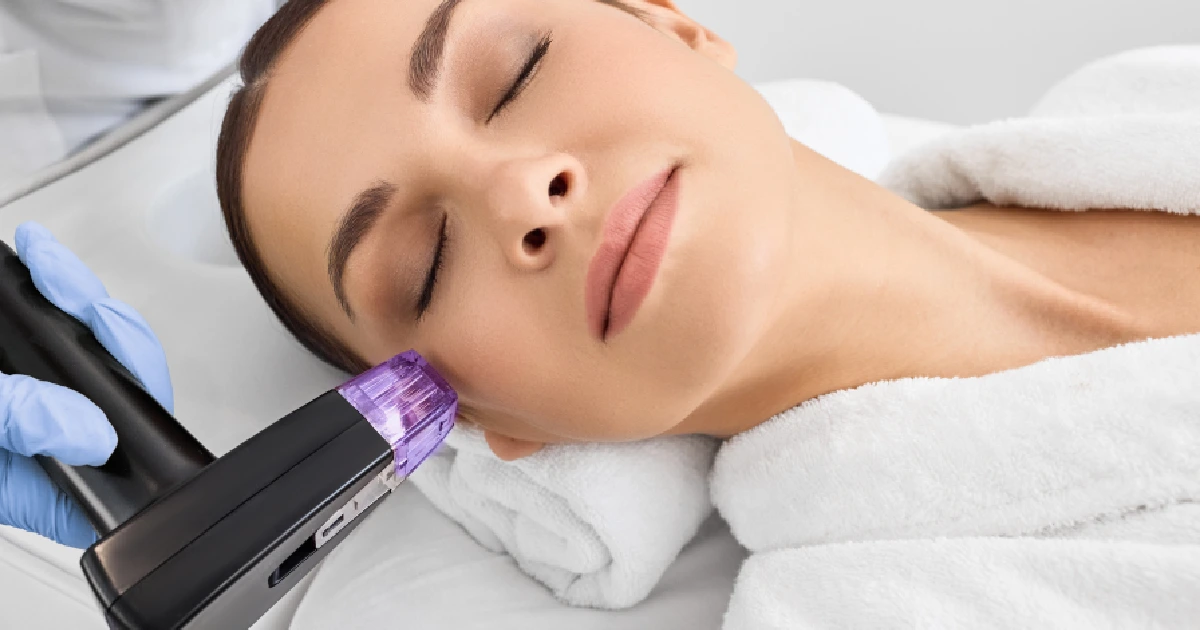Introduction
Waxing is a popular method for removing unwanted hair, offering long-lasting results and smooth, silky skin. However, the improper application of waxing techniques can lead to skin damage and irritation, causing discomfort and frustration. Understanding the importance of proper waxing techniques is essential to ensure a successful and safe hair removal experience.
This blog will explore the significance of using the correct waxing technique to avoid skin damage and irritation. We will explore the potential risks associated with improper waxing practices and provide practical tips to help you achieve a smooth, irritation-free waxing session.
While waxing offers numerous benefits, such as slower hair regrowth and finer hair texture, it is crucial to recognize the potential pitfalls that can arise from neglecting proper technique. From applying wax on dirty skin to using expired products, several common mistakes can compromise the health of your skin.
Our primary goal is to educate you on the dos and don’ts of waxing, enabling you to navigate this hair removal method confidently and with minimal risk. Following the advice and recommendations outlined in this blog will equip you with the knowledge and tools necessary to prevent skin damage, irritation, and discomfort during your waxing routine.
Remember, your skin deserves the utmost care and attention, especially when subjecting it to hair removal techniques like waxing. Let’s explore the essential steps and techniques to help you achieve smooth, beautiful results without compromising the health of your skin.
Understanding Waxing
Waxing at Sego Lily Spa in Bountiful, Layton and Midvale, UT, involves the application of a sticky substance, typically made of natural or synthetic waxes, onto the skin in the desired area. The wax adheres to the hair, and when pulled off, it uproots the hair from the follicles, leaving the skin smooth. The process can be performed at home or by a professional esthetician.
Different types of wax:
Hot wax: Also known as hard wax, this type of wax is heated and applied in a thick layer to the skin. Once it cools and hardens, it is removed by gripping the edge and pulling it off swiftly.
Strip wax: Also called soft wax, strip wax is applied in a thin layer over the skin and then covered with a cloth or paper strip. The strip is then swiftly removed, removing the wax and hair.
Sugaring: A natural alternative to traditional waxing, sugaring involves using a sticky paste made of sugar, lemon juice, and water. The paste is applied to the skin and then removed by flicking it off along with the hair.
Benefits of waxing over other hair removal methods:
Waxing offers several advantages compared to alternative hair removal methods:
Longer-lasting results: Waxing removes hair from the root, resulting in smoother skin that remains hair-free for longer than shaving or depilatory creams.
Finer regrowth: Regular waxing makes the hair regrowth finer and sparser over time, making it easier to maintain a hair-free appearance.
Reduced risk of cuts or razor burn: Unlike shaving, waxing eliminates the risk of nicks, cuts, and razor burn, providing a gentler and safer hair removal option.
Exfoliation benefits: Waxing also acts as an exfoliation method, removing dead skin cells and leaving the skin softer and smoother.
Common Causes of Skin Damage and Irritation
While waxing is an effective and efficient hair removal method, improper techniques can lead to skin damage and irritation. It’s crucial to be aware of the following common causes to avoid potential pitfalls:
Applying wax on dirty or oily skin:
Waxing should always be performed on clean and dry skin. Applying wax on dirty or oily skin can hinder its ability to adhere properly, resulting in ineffective hair removal and potential skin damage.
Using low-quality or expired wax products:
The quality of the wax you use plays a significant role in the outcome of your waxing session. Low-quality waxes may contain harsh ingredients that irritate the skin, while expired products may lose efficacy and become less effective in removing hair.
Incorrect temperature of the wax:
The temperature of the wax is crucial for both comfort and effectiveness. The wax can burn and damage the skin if it is too hot. On the other hand, if the wax is too cool, it may not adhere properly, leading to ineffective hair removal.
Inadequate preparation of the skin before waxing:
Proper preparation of the skin is essential to ensure a successful waxing experience. Failing to cleanse and exfoliate the skin before waxing can result in clogged follicles, ingrown hairs, and uneven hair removal.
Pulling the wax strip incorrectly:
How you remove the wax strip plays a crucial role in minimizing skin damage and irritation. Pulling the strip too slowly or in the wrong direction can cause unnecessary pain and discomfort, while pulling it off too forcefully can result in skin abrasions.
Conclusion
The proper waxing technique is essential for a successful hair removal experience without compromising the health of your skin. By avoiding common mistakes and following the recommended steps, you can minimize the risk of skin damage and irritation during waxing.
We have explored the importance of understanding different waxing methods, such as hot wax, strip wax, and sugaring, and how they can contribute to a safe and effective hair removal process. Additionally, we have highlighted the benefits of waxing over other hair removal methods, including longer-lasting results and reduced risk of cuts or razor burn.
To ensure a smooth and irritation-free waxing session, it is crucial to be mindful of the common causes of skin damage and irritation. These include applying wax on dirty or oily skin, using low-quality or expired wax products, incorrect wax temperature, inadequate skin preparation, and improper wax strip removal.
Remember, your skin deserves the best care, especially when subjecting it to hair removal techniques like waxing. If you want professional assistance and expertise, consider visiting Sego Lily Spa in Bountiful, Layton and Midvale, UT. With its team of skilled estheticians and a commitment to quality service, Sego Lily Spa offers a range of waxing services that prioritize the health and well-being of your skin.
Incorporate the pre-waxing preparations and proper waxing techniques discussed in this blog into your routine. Follow the aftercare tips to keep your skin healthy, smooth, and free from irritation.
We hope this blog has provided valuable insights into the importance of proper waxing techniques. By prioritizing the health of your skin and implementing the recommended practices, you can achieve beautiful, hair-free results with minimal discomfort and irritation.
Remember, if you experience persistent skin damage or irritation, it is always wise to seek professional help. Sego Lily Spa is dedicated to providing exceptional care and expertise, ensuring a safe and enjoyable waxing experience. Book your Waxing Appointment today!






